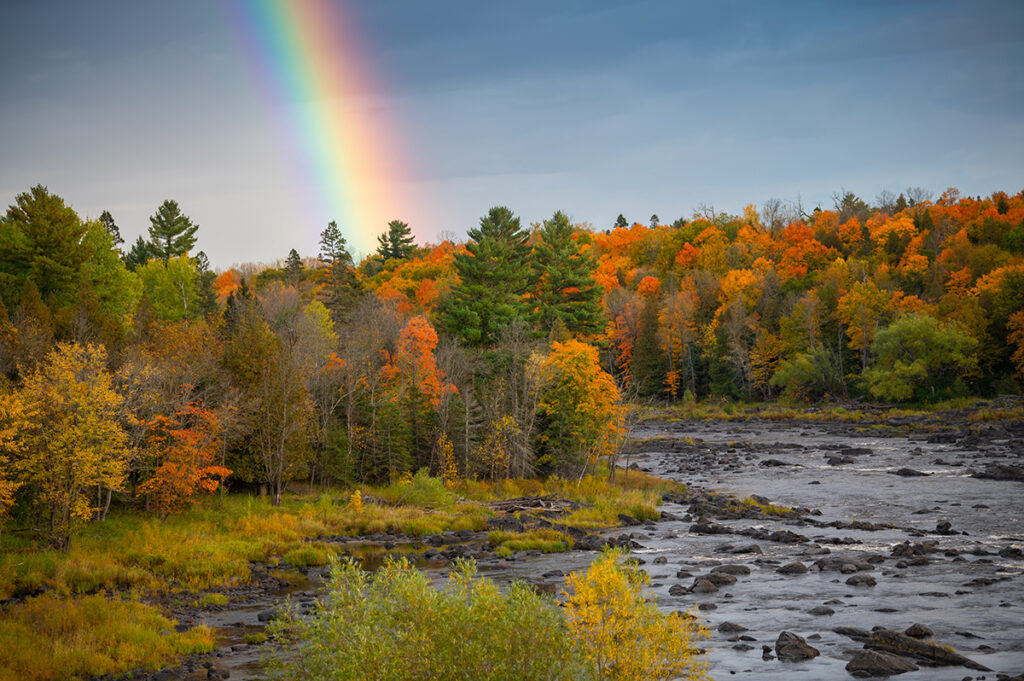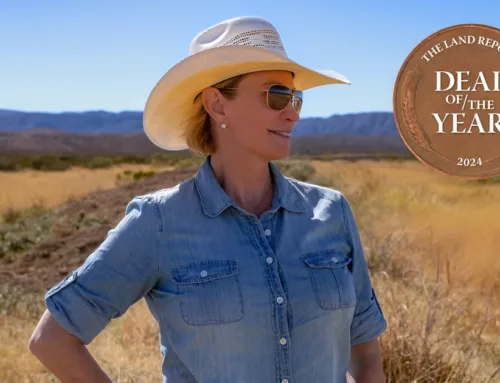Working Forest Fund
Working Forest Fund
By Cary Estes
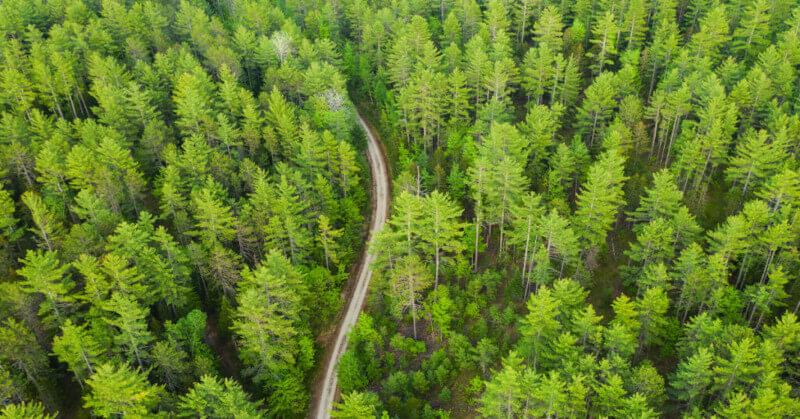
LR ForestParkRanch 00 optimized
UPDATE: In June 2024, The Conservation Fund announced that the Working Forest Fund has protected more than 1 million acres.
The 500 million acres of working forests in the United States have something in common with Humpty Dumpty. Once they get broken up, they can’t be put back together again. The importance of these lands cannot be emphasized enough. They provide critical supplies of wood for lumber, energy, paper, and packaging. No matter if the trees remain, the forest can never be managed as effectively or monetized to the same degree once ownership is fractionalized.
Fighting Fragmentation
Preventing this fragmentation is a top priority of The Conservation Fund, which is why it established the Working Forest Fund more than a decade ago. When working forests come to market, The Conservation Fund acquires them by pairing philanthropic donations with investment capital from the Working Forest Fund. The timber tracts are then managed until a conservation easement can be put in place. Once their future as a working forest is assured, they are then resold. The proceeds from those sales are then reinvested in new acquisitions, and the time-tested process begins again.
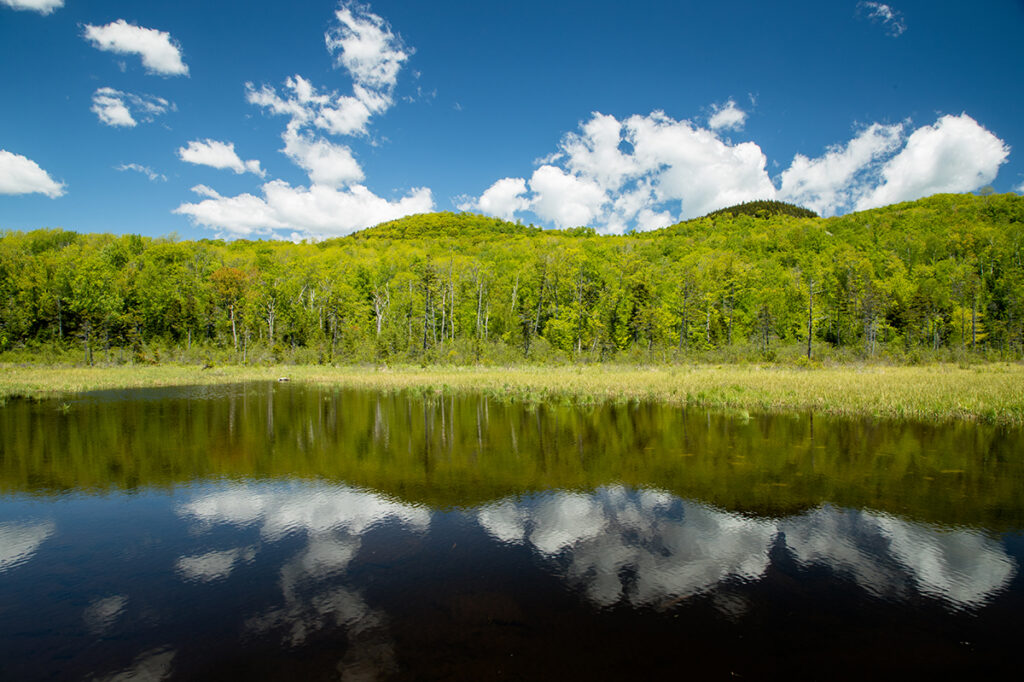
BEEBE RIVER WATERSHED. The Working Forest Fund partnered with the Richard King Mellon Foundation to acquire more than 30,000 acres of industrial timberland in Maine, New York, Vermont, and New Hampshire. © Stacy Funderburke
Buyers of these timber tracts range from for-profit companies such as IKEA to state and federal agencies such as the US Forest Service. Earlier this year, the Bois Forte Band of Chippewa acquired more than 28,000 acres of Minnesota timberland from the Working Forest Fund that had previously been owned by PotlatchDeltic. In addition to keeping the ownership intact, the transaction ranks as the largest land back in American history. (See Land Report Summer 2022.)
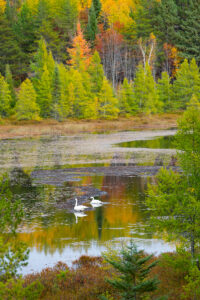
LARGEST LAND BACK. Thanks to the Working Forest Fund, the Bois Forte Band of Minnesota acquired 28,089 acres of former tribal land.
Almost $1 Billion
Since its inception in 2009, the Working Forest Fund has deployed almost $1 billion to acquire nearly 890,000 acres of working forests in 17 states, including 127,000 acres in 2021.
“The demand for commercial and residential recreational lands is continuing to chip away at these big chunks of industrial timberlands,” says Working Forest Fund Senior Vice President Brian Dangler.“These working forests are susceptible to being fragmented. And when that happens, they’re no longer able to provide the benefits that big, intact forests provide in terms of clean air and water, wildlife habitat, outdoor recreation, and forestry jobs.”
The acorn for this idea was planted in the late 1990s when Champion International sold 300,000 acres of its timberlands in New York, Vermont, and New Hampshire to The Conservation Fund. The acreage was never marketed publicly because of the long-term relationship between the two entities. It was clear to the acquisition team at The Conservation Fund that many private forestlandowners would not grant a similar first-look opportunity.
America’s Greatest Conservation Challenge
“Working forests are some of the most important lands we have in this country,” says The Conservation Fund CEO Larry Selzer. “In addition to all the ancillary benefits, they provide good jobs for more than 2 million people; jobs that can’t be exported overseas. And yet we lose nearly 1 million acres of working forests each year. It is the greatest land conservation challenge today. Every year, owners of timberland put these properties on the market, and they’re almost always sold at an auction run by an investment bank. And if you don’t have the capital right away when the auction occurs, then you’re left on the sidelines.”
To mitigate this possibility, the Working Forest Fund was created. The goal was to develop a pool of money that could be used to bid on large tracts of industrial timberland as they became available and to keep those lands functioning as intact working forests.
It gives The Conservation Fund the “ability to aggregate capital and use the tools of the marketplace in order to step into the breach when these properties are put up for auction,” Selzer says.
Maine’s East Grand Lake
One of the first deals utilizing the Working Forest Fund involved more than 12,000 acres in Maine around East Grand Lake, prized for its trout and salmon fishing. The Conservation Fund purchased the property from New Hampshire-based Wagner Forest Management in 2011.
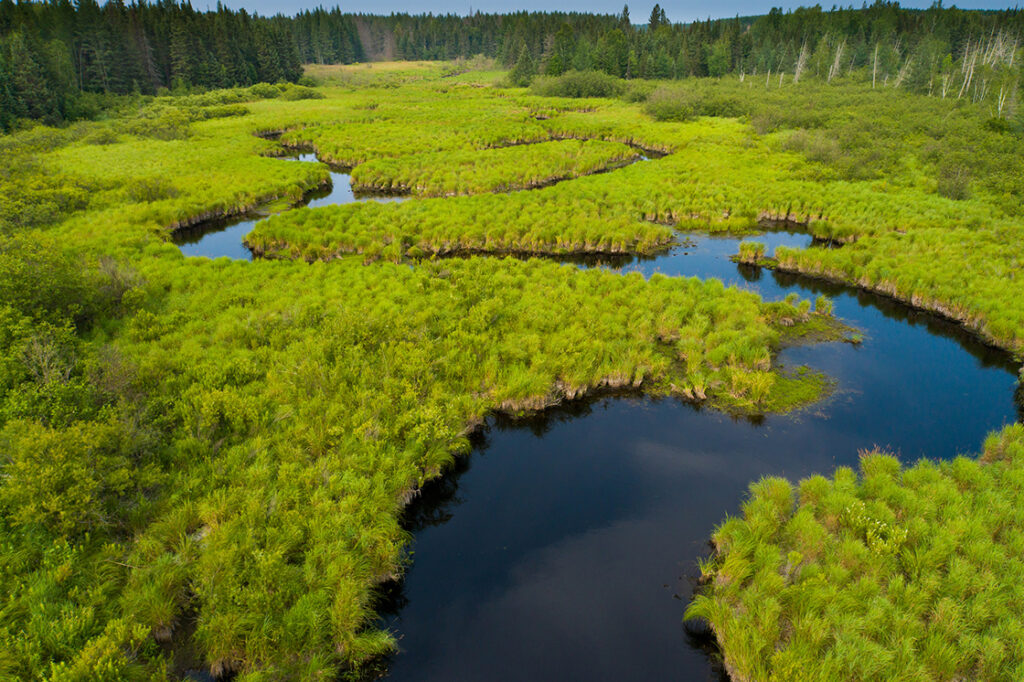
PELICAN RIVER FOREST. The Working Forest Fund facilitated the acquisition of 70,000 acres of Wisconsin timberland from The Forestland Group. © Jay Brittain
“It was a large, complex deal,” Wagner Forest Management President Dan Hudnut says. “But The Conservation Fund had this new vehicle where they could buy and hold the property, then take care of the conservation outcomes during their hold. That was our first exposure working with the Fund. That set the groundwork for doing an even more complex deal with them in 2014. We sold about 32,000 acres across four states. If we’d had to do it by ourselves, it would have been very complex dealing with different state and federal partners. But The Conservation Fund has done enough of these transactions and knew how to keep things moving forward. They have the ground game when things get a little more complicated. It was great having a one-stop shop to work with.”
Wisconsin’s Pelican River Forest
More recently, the Working Forest Fund was utilized in 2021 to purchase Wisconsin’s Pelican River Forest. At the time, the 70,000-acre tract was the largest privately owned, unprotected block of forest in Wisconsin. In addition to acquiring land, The Conservation Fund works to find a new owner once the conservation easement process is finalized, such as the 2021 sale of almost 11,000 acres in Georgia near the Altamaha River Basin to Ingka Group, the parent company of IKEA.
A common element to all Working Forest Fund transactions is scale. Nationwide, a substantial number of conservation projects are completed in the 1,000-acre to 10,000-acre range. Selzer says 10,000 acres is a small project for the Working Forest Fund. Bigger is better. The enormity of most working forests is what makes them worthy of the singular focus that the Working Forest Fund provides. Selzer says when deciding whether to utilize the Working Forest Fund, The Conservation Fund also considers potential threats to a property, its conservation value, and the availability of conservation partners.
“The first thing we’re looking for are forests that, if we don’t step in, are probably going to be either subdivided or converted out of forestry,” Selzer says. “We also want to see who are the conservation partners we can bring in, particularly from the federal and state public-agency sectors, to help us put into place a permanent conservation easement that the property can only be managed as a working forest.”
That unquestionably is the end goal of the Working Forest Fund. Dangler says this is not a program designed simply to set land aside for preservation. Instead, the emphasis should be placed on the “working” part of the program’s name.
“It’s about helping the local economy in these rural towns that associate these lands with jobs and outdoor recreation,” Dangler says. “That’s a big part of this equation: the people plus the forest. It’s not just preservation. This isn’t about locking up the land. It’s about keeping the land open for sustainable use.


